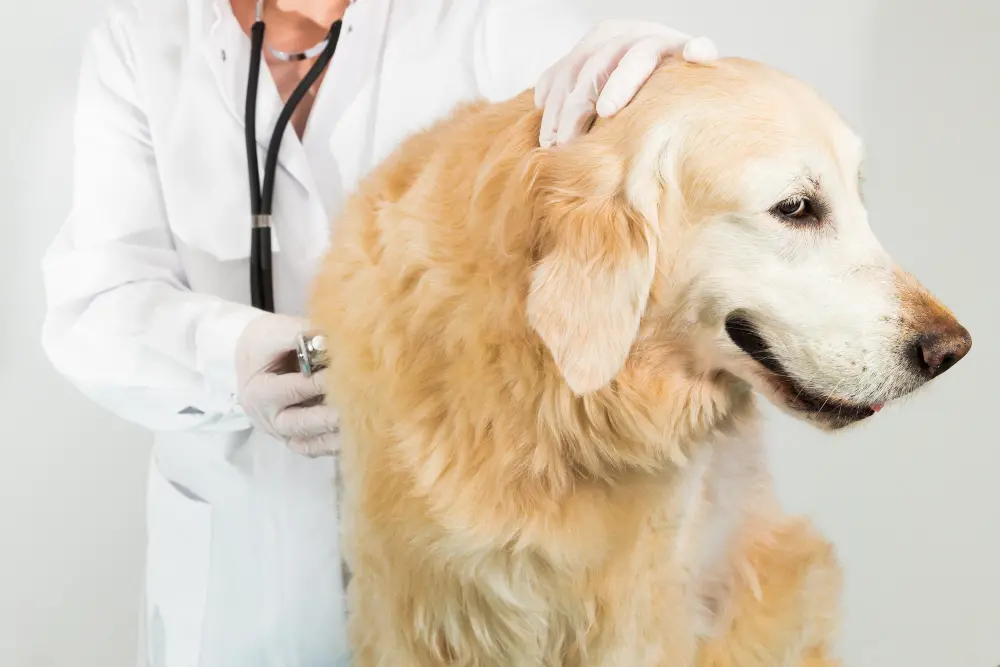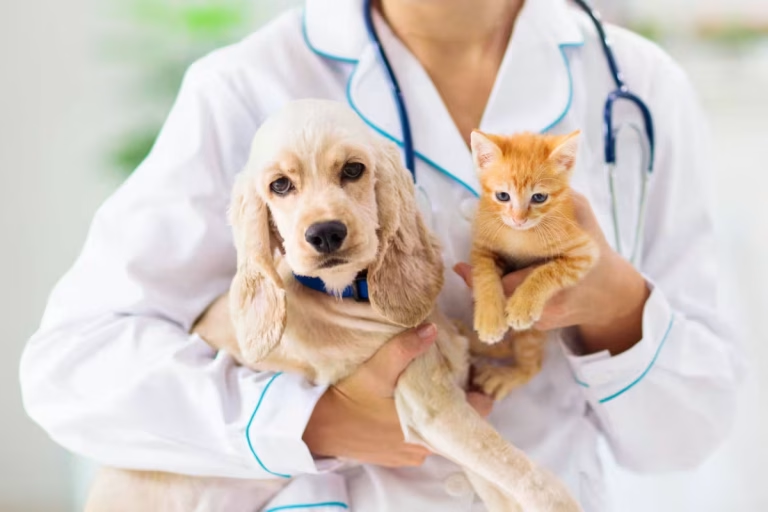The Ultimate Guide to Pet Insurance: What Every Pet Owner Needs to Know in 2025
Pet ownership is incredibly joyful, but it also has financial obligations. Inflation, the growing need for specialist pet services, and medical developments all contribute to the rising expenses of veterinarian care in 2025. In order to handle unforeseen costs and guarantee that their furry friends receive the care they require, more pet owners are turning to pet insurance.
This thorough guide will cover everything you need to know, whether you’re thinking about pet insurance for the first time or are considering switching providers. It will cover everything from how pet insurance works to what policies usually cover to how to choose the best plan for your pet and your budget.
1. Pet Insurance: What Is It?
A pet insurance coverage covers your pet’s medical costs and reimburses you for qualified veterinary services. Pet insurance usually requires you to pay the veterinarian immediately before filing a claim for reimbursement, in contrast to human health insurance.
The majority of plans are monthly subscriptions that operate on a reimbursement model, meaning that you will pay the veterinarian bill up front and receive a percentage of the refund once your claim has been processed.
2. The Significance of Pet Insurance in 2025
Unexpected illnesses or injuries can result in bills of $1,000 to $10,000 or more due to the rising expenses of veterinary procedures, including diagnostics, operations, and the management of chronic conditions.
Pet insurance is more crucial than ever for the following reasons:
-
Helps prevent financial difficulties in times of crisis
-
Lets you select treatments according to your pet’s requirements rather than your financial situation
-
Gives you comfort in knowing that you’re ready for anything
3. What Is Usually Covered by Pet Insurance?
The majority of pet insurance plans cover the following, though coverage varies by provider and policy type:
Accident Protection
-
Broken bones
-
Lacerations
-
Consuming strange substances
-
Consumption of toxic substances
Illness Coverage
-
Cancer
-
Allergies
-
Infections
-
Diabetes
-
Digestive problems
-
Skin, eye, and ear disorders
Chronic Illnesses
-
Thyroid disorders
-
Arthritis
It’s crucial to verify how pre-existing ailments are managed, even though many policies cover chronic conditions.
Hospitalization and Emergency Room Visits
-
Surgery
-
Overnight stays
-
Diagnostic testing (X-rays, MRIs, ultrasounds, lab tests)
4. Typically Uncovered Items
The majority of pet insurance plans contain exclusions, such as:
-
Pre-existing conditions (those identified prior to the start of the policy)
-
Preventive treatment (unless wellness coverage is included)
-
Regular dental cleanings
-
Cosmetic operations
-
Pregnancy or breeding expenses
Certain providers offer wellness plans with optional add-on coverage for standard care, including:
-
Immunizations
-
Yearly examinations
-
Flea and tick prevention
-
Spay or neuter procedures
Before signing an insurance, always read the fine print.
5. Pet Insurance Plan Types
Generally speaking, pet insurance coverage comes in three varieties:
1. Accident-Only Plans
-
Cover emergencies and injuries only
-
Reduced premiums
-
Perfect for budget-conscious owners or young, healthy pets
2. Accident and Illness Plans
-
Includes coverage for both unforeseen illnesses and injuries
-
The most popular and complete choice
-
Greater coverage but higher prices
3. Wellness or Preventive Plans
-
Usually added onto a main plan
-
Includes screening tests, immunizations, regular treatment, and exams
-
Useful for budgeting for routine care
6. The Operation of Pet Insurance
The structure of pet insurance is straightforward:
-
At the time of service, you pay the entire veterinary bill.
-
You include supporting paperwork (such as an invoice or treatment details) with your claim.
-
After reviewing your claim, the insurer reimburses you based on your plan.
7. Important Terms to Know
-
Premium: The monthly sum you pay for coverage
-
Deductible: The amount you must pay before the insurance starts covering costs (can be annual or per-incident)
-
Reimbursement Rate: The percentage of covered expenses the insurer reimburses after the deductible (typically 70%, 80%, or 90%)
-
Coverage Limit: The maximum amount the insurer will pay (per year, per condition, or lifetime)
8. Elements That Affect Premiums
Your pet insurance premium depends on several factors:
-
Species: Dog policies typically cost more than cat policies
-
Breed: Some breeds are more prone to health issues
-
Age: Older pets usually have higher premiums and more exclusions
-
Location: Veterinary costs vary by region
-
Coverage Level: Plans with low deductibles or high reimbursement rates cost more
9. Leading Pet Insurance Companies in 2025
These providers are often praised for their coverage, value, and customer service:
-
Healthy Paws
-
Infinite lifetime benefits
-
Fast claims processing
-
No annual or per-incident caps
-
-
Trupanion
-
Pays vets directly at participating clinics
-
Covers hereditary and congenital conditions
-
Higher premiums, no payout caps
-
-
Embrace
-
Covers exam fees and alternative therapies
-
Optional wellness plan
-
Diminishing deductibles
-
-
Spot Pet Insurance
-
Customizable plans
-
Includes telehealth support
-
Ideal for pet owners seeking flexibility
-
-
ASPCA Pet Health Insurance
-
Multiple coverage options
-
Great for multi-pet households
-
Underwritten by Crum & Forster
-
10. How to Pick the Best Policy for Pet Insurance
When evaluating providers, consider the following:
-
Which ailments and treatments are most important to cover?
-
Do I want full coverage or just accident protection?
-
Can I afford a higher deductible for a lower monthly premium?
-
Are there breed-specific limitations?
-
What’s the reimbursement process like?
Also check:
-
Customer reviews
-
BBB accreditation
-
Average claim turnaround times
11. Comparing Pet Savings Accounts and Pet Insurance
Some pet owners prefer to save money in a dedicated emergency fund instead of buying insurance.
Pros of a Pet Savings Account
-
No claim paperwork
-
No monthly premiums
-
Full control over funds
Cons
-
Might not cover serious emergencies
-
Requires consistent discipline and saving
-
Doesn’t offer protection from very large or unexpected expenses
Pet insurance can supplement or enhance savings, especially for those concerned about expensive and unpredictable medical events.
12. Does Pet Insurance Make Sense?
Consider getting pet insurance if:
-
You want to avoid large, unexpected expenses
-
Your pet’s breed is known for health issues
-
You’d like access to advanced care without financial worry
-
You prefer predictable monthly costs over surprise bills
It might not be essential if:
-
Your pet is young and healthy
-
You’re financially prepared for large emergency bills
But remember: accidents and illnesses can strike at any time.
In Conclusion
By 2025, responsible pet owners are starting to see pet insurance as a wise financial move rather than a luxury. The right insurance plan can help protect your pet’s health—and your finances—from routine exams to emergency surgeries.
To make the best decision:
-
Compare quotes from top providers
-
Match coverage options to your pet’s needs
-
Understand reimbursement rules, deductibles, and exclusions
-
Consider adding wellness coverage if your budget allows
Taking the time to choose the right plan means peace of mind—knowing you’re prepared for whatever comes your pet’s way.






